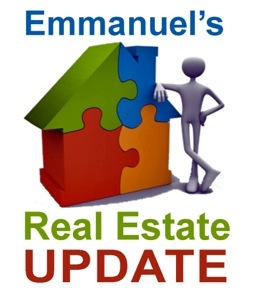 Another home price index is showing home prices surging: CoreLogic’s home price index shows that home prices nationwide in January rose 9.7 percent year-over-year, posting their largest percentage increase since April 2006.
Another home price index is showing home prices surging: CoreLogic’s home price index shows that home prices nationwide in January rose 9.7 percent year-over-year, posting their largest percentage increase since April 2006.
It was the 11th consecutive month of month-over-month increases in existing-home sales, according to CoreLogic’s index.
“Home prices continued to gather steam across a broad swath of the country in January, continuing the positive trend we saw during most of 2012,” says Anand Nallathambi, president and CEO of CoreLogic. “Many states across the western U.S. and along the East Coast saw average price gains of more than 6 percent, which is likely to boost home sale activity into the first half of 2013.”
The states seeing the biggest year-over-year rises in home prices in January were Arizona (20.1%), Nevada (17.4%), Idaho (14.9%), and California (14.1%), according to CoreLogic’s index. The only states not seeing year-over-year price increases were Delaware (-0.1%) and Illinois (-0.4%).
Source: “Home Prices Take Biggest Leap in 7 Years,” Inman News


